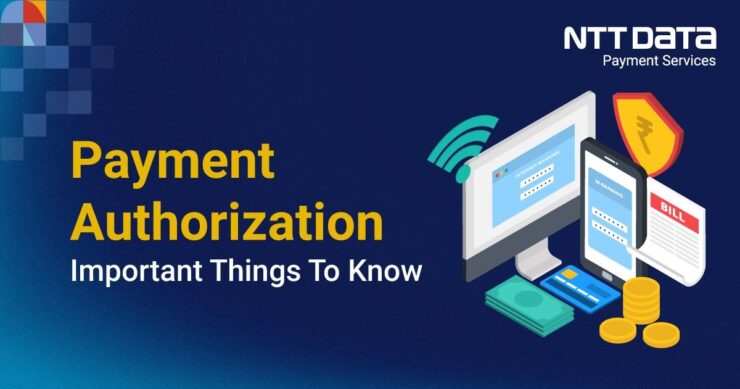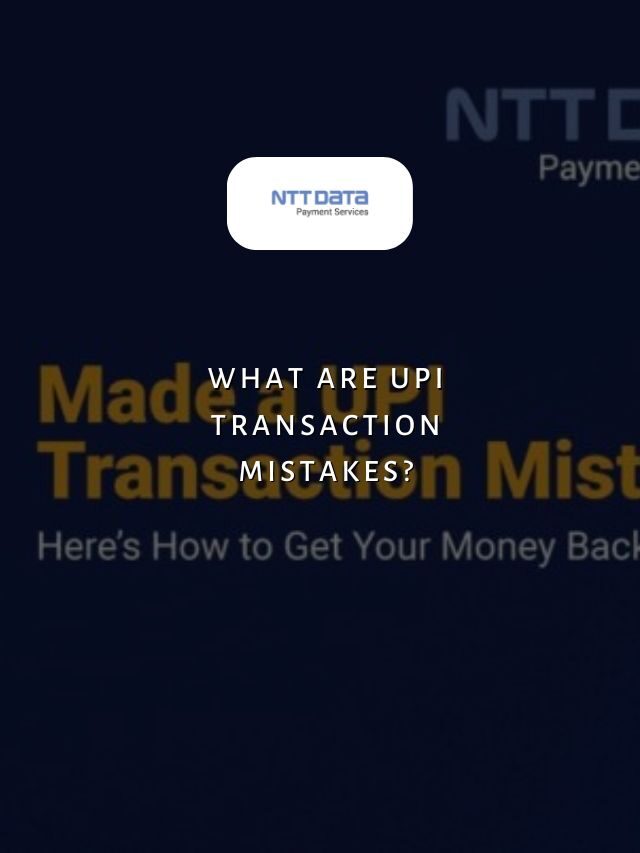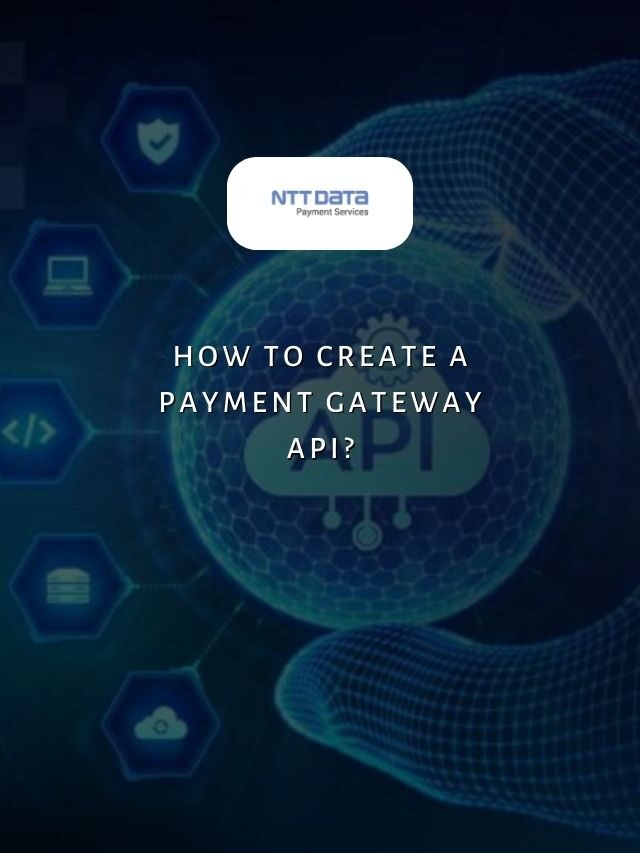
Table of Contents
Payment authorisation is the process of verifying customer payment details and approving a transaction before it is completed. In this blog, we will explore the workings and significance of payment authorisation in detail.
Whether you sell products, services, or subscriptions, you need a reliable payment processing system to accept customer payments. Securing payments is one of the most important aspects of online business.
However, many consumers don’t fully understand what payment authorisation entails and why it’s so crucial. With the right authorisation practices in place, merchants can protect themselves from fraudulent transactions and disputes over insufficient funds.
Payment authorisation is when a merchant requests approval from the issuer (e.g. bank) for the payment. It is done to verify that the payment details, such as available balance, credit limits, etc., are in order before any money is debited from the customer’s account.
A payment authorisation holds the funds for a period of time to complete the transaction processing but does not immediately transfer funds from the customer to the merchant’s account.
Recent Web Stories
Here is a step-by-step process of working on payment authorisation.
- The merchant submits the customer’s payment details (card number, expiration date, security code) to their payment processor.
- The payment processor routes the authorisation request to the customer’s bank or card issuer.
- The bank/issuer checks the account status and verifies the transaction details match the identity on file.
- If approved, the bank sends an authorisation code back to the merchant via the payment processor.
- The merchant then completes the transaction and provides the customer with the goods/services purchased.
- The customer bank puts a pending hold on your available funds or credit limit until the transaction fully settles in 1-3 business days.
- It’s an automated system, but it’s crucial for protecting against fraudulent charges and ensuring customers can actually pay for their purchases when swiping or clicking “pay”.
Authorisation Responses
When a payment is authorised, the processor will return one of three standard responses:
- Approved – Transaction was successfully authorised, and funds are reserved.
- Declined – Transaction was not authorised due to issues like insufficient funds, incorrect details, etc.
- Held – Authorisation is pending further review or manual processing. Funds may be released later.
As a merchant, you need to carefully track authorisation responses. Approved authorisations should be captured promptly, declined ones require addressing issues with the customer, and held statuses may need follow-up with the processor. Proper handling of responses helps minimise disputes and chargebacks down the line.
What Happens When a Payment Authorisation Declines?
Unfortunately, payment authorisations don’t always get approved. There are a few common reasons why a transaction may be declined:
- Insufficient Funds – Your bank sees you don’t have enough money in your account or available credit limit to cover the purchase amount.
- Expired or Incorrect Card Details – The card number, expiration date, or security code provided doesn’t match your bank’s records.
- Suspected Fraud – Your bank’s systems flag the transaction as potentially fraudulent based on things like the purchase location, amount, or recent account activity.
- Processing Error – A glitch in the payment routing prevents a clear authorisation response.
If a payment authorisation declines, the merchant won’t be able to complete the sale. The customer must use a different payment method or contact the bank to resolve any issues blocking the authorisation.
Secure Your Online Payments with NTT DATA Payment Services
At NTT DATA Payment Services, we leverage our expertise in payments technology and risk management to help businesses optimise their authorisation strategies. By identifying key risk factors and implementing customised rules, we help our clients achieve high authorisation rates while minimising chargebacks.
NTT DATA Payment Services offers a complete payment solution to advance both your offline and online businesses from,
- Online Payment Gateway
- POS machines
- IVR payments
- Mobile applications, and
- Bharat QR Scan and Pay
We ensure maximum comfort, convenience, and safety for all your payments.
Significance of Payment Authorisation
Payment authorisation is an important part of any transaction to ensure security and prevent fraud. Businesses need to have clear policies on their payment processes that customers understand. Customers also play a role by carefully reviewing charges, checking statements regularly for unauthorised activity, and reporting any issues promptly.
With the right payment security measures in place and an open line of communication between businesses and consumers, we can all do our part to fight fraud while still enabling convenient digital commerce. Staying informed on authorisation best practices benefits all parties.
| Also, you can get frequent updates on nttdatapayments Instagram page. |
Payment Authorisation: FAQs
1. What is payment authorisation?
Payment authorisation is the process of verifying a customer’s payment details and approving a transaction before it is completed.
2. How does payment authorisation work?
It involves the merchant submitting payment details to the processor, who routes it to the issuer for verification and response.
3. What causes a payment to be declined?
The decline is due to insufficient funds, expired/incorrect card details, suspected fraud or a processing error.
4. What is the significance of payment authorisation?
It ensures security and prevents fraud and disputes by verifying funds and details upfront in any transaction.
5. How can customers help prevent payment issues?
Customers can prevent payment issues by carefully reviewing charges, regularly checking statements for unauthorised activity, and promptly reporting anomalies.







